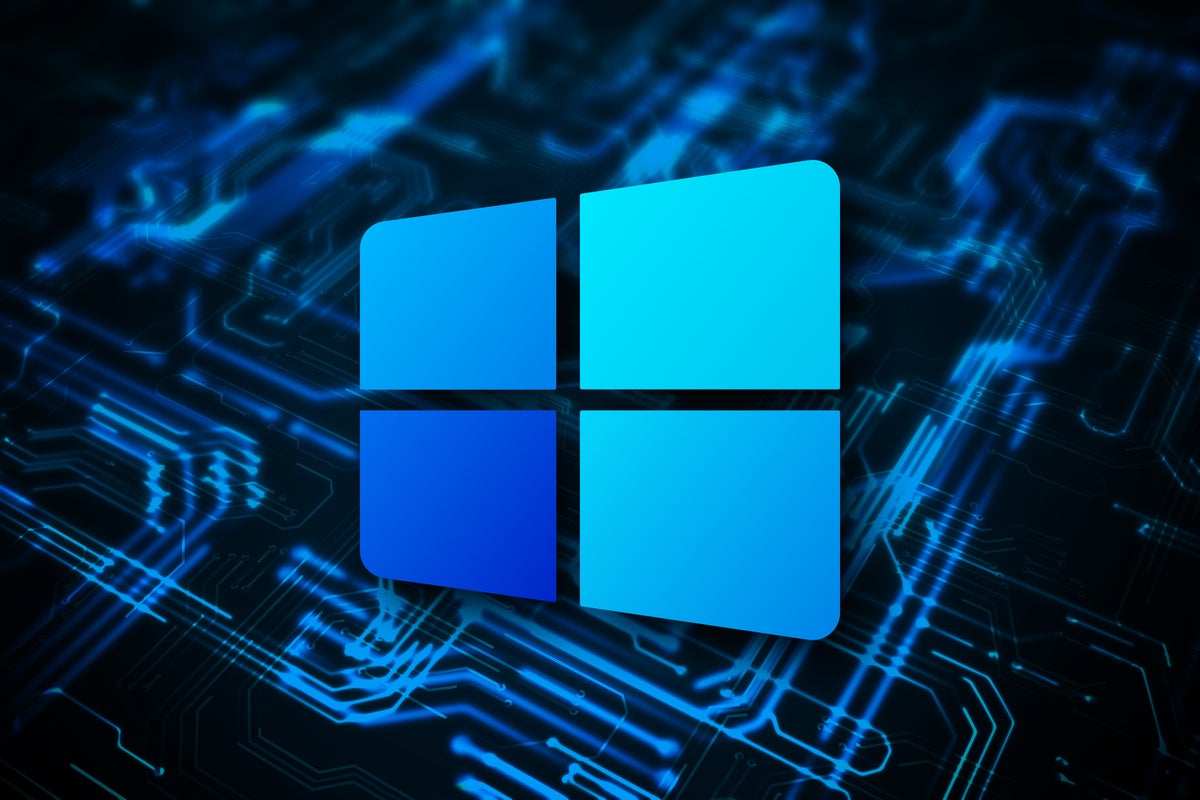Windows 10, originally pitched as a revolutionary break from Windows' past in how it was serviced, may well end its career in the next few years as a Windows 7 act-alike.
Yes, Windows 7 — the spitting image of "tradition" in Redmond's history of operating systems.
Enter Windows 11
The catalyst for the change to Windows 10 is its successor, Windows 11, slated to debut Oct. 5. Windows 11, which will have its own tweaked servicing model — one feature upgrade annually with 36 months of support due those running the Enterprise or Education SKUs — will replace the older Windows 10 as the repository of the new.
When it introduced Windows 11 in June, Microsoft made a point to tell customers it would still release a Windows 10 feature upgrade — labeled 21H2 — this fall. "We will continue to support you as you use Windows 10," wrote Wangui McKelvey, general manager, Microsoft 365, in a June 24 post to a company blog. The company also told customers that Windows 10 will continue to receive support until October 2025.
Windows 10 21H2 will share attributes of the last two second-half-of-the-year updates Microsoft has issued, in that it will include few new features or functionalities, so few that it will be serviced using the monthly update mechanisms rather than require a full OS replacement.
Beyond these indicators of continuity, Microsoft has been close-mouthed about how it will service Windows 10 for the next four years. Will it limit updates to the monthly security fixes? Will any new features appear in future updates after 21H2? We don't know.
It will have to do something because the remaining support due customers extends beyond the support provided by any released or announced upgrades. Windows 10 21H2 Enterprise will, barring any changes to 10's support policies, retire sometime in May 2024. Windows 10 21H2 Home and 21H2 Pro will run through their support by May 2023. The 18-month (Enterprise) or 30-month (Home & Pro) shortfalls will have to be made up somehow.
Of course, Microsoft can do that with a few strokes on a keyboard. If it doesn't want to release feature updates after this year's 21H2 all it has to do is move the support deadlines for the various SKUs to October 2025. Boom. Done.
Nor is there anything stopping Microsoft from continuing to issue upgrades, even if those upgrades offer only a handful (or less) of new functionalities or features, to close that support gap. If it did so, the final Enterprise/Education upgrade would be 23H1, the last Home/Pro upgrade 24H1, both which would end support in the fall of 2025.
Hello, Windows 7!
But that's not what Computerworld expects Microsoft to do. Frankly, that would go against the company's grain.
When it deprecates a product, Microsoft typically ends development on that product. (Operating systems make poor examples here as until Windows 10, Microsoft developed once and released, rarely to bother developing anew.) When Microsoft launched a new Internet Explorer (IE), for instance, it would continue to patch the prior version(s), but it would not keep adding features to the old, now-sad-sack edition. Customers were expected to upgrade to the newer version.
That's what will almost certainly happen to Windows 10. Why would Microsoft do it any differently? As of Windows 11's summer unveiling, Windows 10 was dead, or at least a dead end. It was as feature-rich as it was ever going to get. Any development effort would be poured into 11, not 10 (even though 11 is, absent the new hardware requirements, mislabeled and should have been cast as 10+ if not just 10 21H2).
For the next four years, Windows 10 will be served with security updates on the second Tuesday of every month. But feature or functionality additions? Highly unlikely. That's exactly the model Windows 7 used during its late-2009 to early-2020 run, that's the historical OS servicing model Microsoft applied until Windows 10's mid-2015 debut.
Ironically, it will be these upcoming years that Windows 10's servicing behavior becomes what some commercial users demanded even before the operating system's launch six years ago. Microsoft gave them what they wanted in the form of the LTSB (Long-term Servicing Branch) edition, later changed to LTSC, with Channel replacing Branch. A few years on, Microsoft snatched LSTB/LTSC away from customers, mostly.
With the launch of Windows 11, Microsoft bent about as far as it can to commercial pressures, by reducing feature upgrade releases to one per year and extending Enterprise/Education support to 36 months so IT admins could retreat to a once-every-two-years upgrade cadence.
For those still dissatisfied with how Windows servicing as worked out, the simple solution will be to stick with Windows 10 and its new Windows 7-esque maintenance through the fall of 2025, and if Microsoft provides extended support, as Computerworld expects it will, until 2028.
There's no telling how Windows 12 will be serviced when that rolls around.



3175x175(CURRENT).thumb.jpg.b05acc060982b36f5891ba728e6d953c.jpg)

Recommended Comments
There are no comments to display.
Join the conversation
You can post now and register later. If you have an account, sign in now to post with your account.
Note: Your post will require moderator approval before it will be visible.